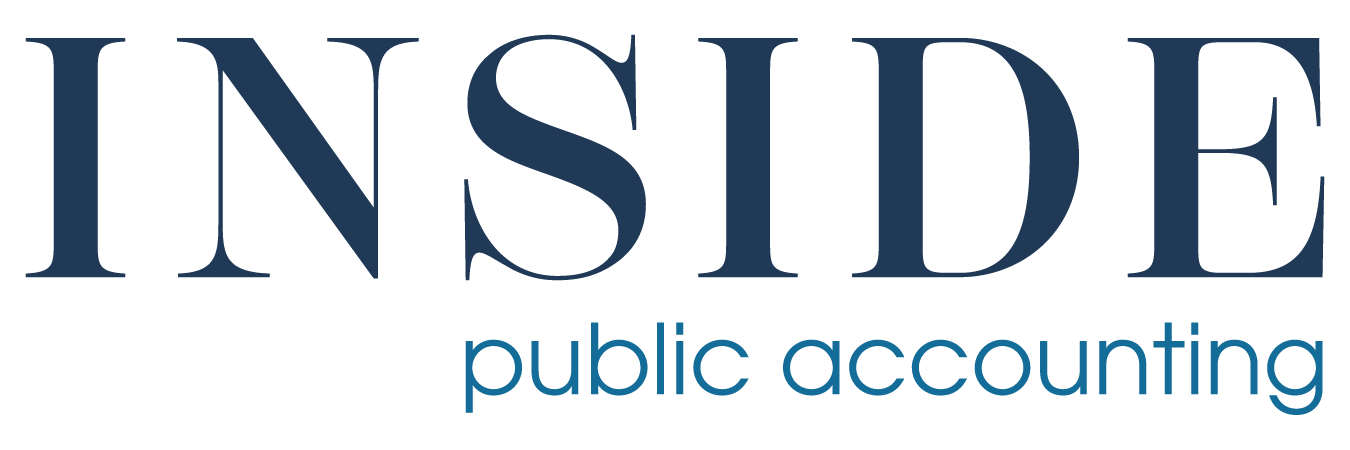
John Garrett
As the conference coordinator attached John Garrett’s mic, she asked if he remembered Mark, a former coworker. It was 2013 and Garrett was touring comedy clubs and performing as an emcee. Two thoughts arose.
The first: Who’s Mark? Garrett had no memory of this person. He looked him up on LinkedIn. Still nothing. They had worked in the St. Louis office of PwC, but Mark was a tax guy; Garrett worked in audit. They’d never met.
“And yet, 12 years later, I was one of those people he immediately recalls, and it’s not for working on the largest financial services client PwC ever had. It’s not for passing the CPA exam. It’s not for the number of billable hours I put in … It was none of that. It was for a hobby I did that I was terrible at,” Garrett says.
The second thought: We all want to be remembered, don’t we? And aren’t all accounting firms trying to differentiate themselves?
Highlighting what accountants do outside work – or their “and” – can do both. Early in his career, Garrett was a CPA “and” a not-so-funny standup comedian. Now he’s a comedian “and” a self-described recovering CPA who enjoys college football, ice cream and playing piano.
He has made it his mission, through speaking engagements, consulting, a weekly podcast and a book, to encourage professional service firms to make room for these kinds of conversations. “My whole goal is to make sure people remember to live their best lives. Sure, working for the firm is part of that, but so are so many other things,” Garrett says. “If managing partners focused on making sure their people are living their best lives, their people will do their best work and everything else will fall into place.”
Authentic connections can lead to all kinds of positive outcomes. Employees are happier, generational gaps shrink, constructive feedback doesn’t feel personal and awkward conversations are less awkward, to name a few. A firm culture that celebrates the range of personalities and interests of their people is a culture that can attract talented “and” fascinating professionals.
Garrett’s message may be simple, but real culture change is often difficult. “Sometimes you need some external help to get all the way there,” says Tim Pike, MP at Howard, a 75-person accounting firm in Dallas. After hearing Garrett speak at an AICPA event, Pike brought his ideas back to the firm. He started small, with the audit group, which is outnumbered almost 3-to-1 by tax. Pike says teamwork improved and employees seemed happier.
Pike hired Garrett to clarify the message that was not fully understood throughout the firm. In the end, it’s all about developing relationships, which is how you gain clients and grow the business, Pike says. “Why would it not be the same internally as it is externally?” Garrett has been mapping employee experiences from start to exit to determine whether processes, such as onboarding and promotions, reinforce a caring culture.
At the very least, Howard team members are talking about their interests. Pike’s “and” is running half-marathons. (He jokes that he gave up marathons after eight or 10 of them. “You get to mile 18 or 20 and the rest of the way you’re like, ‘This is stupid. Why am I doing this?’ ”)
No fan of scheduled get-to-know-your-coworker events like Zoom happy hours, Pike expects incremental improvements using Garrett’s “and” methods, not immediate ROI.
ROI is a real consideration, though, at a time when turnover is high and new talent is nearly impossible to find. A common rule of thumb is that it costs double the salary of the person you lose to find a replacement. Say 15 people making $75,000 leave the firm every year, Garrett says. That’s $2.25 million year after year.
“Re-recruit the people you have,” he advises. “Care about the people you have, and then you’ll get more and better people, and then from that you’ll get clients. But it’s upside down right now where it’s clients at the top at all costs.” Firms can always find new clients, but a manager who walks out the door will hurt much worse.
A less obvious potential use of the “and” philosophy is to incorporate staff skills and hobbies in the workplace. Pick the lead singer in a cover band to make a presentation, for example. “There’s another level of expertise beyond the letters after your name,” Garrett says. “And it also humanizes you. The higher up you go in leadership, the more human you need to be. Also, the more tech we use, the more human you need to be.”
Happiness research is an industry unto itself, but one commonality is the importance of relationships to well-being. Garrett cites Tom Rath, author of Vital Friends, who writes that 96% of people who have three close friends at work are more satisfied with their lives. Companies can’t create friendships, of course, but leaders can create space to allow friendships to form. One place to start is your “and.”
After all Pike says, “Nobody has a trophy on their desk saying I’m the best depreciator in the world.”
This article originally appeared in the February 2022 edition of INSIDE Public Accounting.
